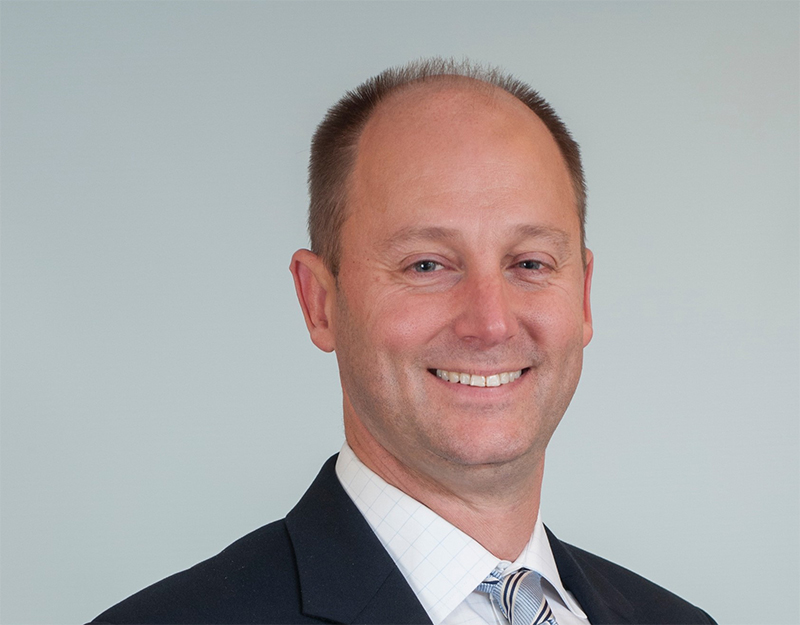
Director, Mass General Paralysis Center
Associate Professor of Neurosurgery, Harvard Medical School
Curt Cetrullo, MD
Associate Professor of Surgery, Harvard Medical School
Ross Mandeville, MD
Assistant Professor of Neurology, Beth Israel Deaconess Medical Center
Sameer Shah, PhD
Faculty, Department of Orthopaedic Surgery, University of California, San Diego
Traction neurogenesis for overcoming large nerve gaps
Traumatic injuries often result in major peripheral nerve damage, which can cause devastating paralysis, loss of the function of a limb, and a lifetime of dependency. When this occurs, the standard approach is to surgically repair a patient’s transected nerve. Optimal nerve repairs occur when a nerve can be put back together in its original configuration in a process known as end-to-end repairs. The challenge with this approach is that traumatic injuries can result in a long segment of injured nerve. When this occurs, it is it is difficult to surgically bring remaining nerve ends back together in their original configuration. To overcome this gap, a sensory nerve may be taken from elsewhere in the body as a bridge to connect the healthy nerve ends. This procedure, known as a nerve graft, is also problematic: grafts do not always match the size of the original nerve, they often result in poor blood supply, and the nerve must grow across two repair sites—all leading to suboptimal results.
Recent research has demonstrated a new solution to this complex problem. Nerve ends requiring repair are slowly “stretched” towards each other with an implantable device over the period of days or weeks. Once this stretch is completed, the nerves can be repaired end-to-end, in an optimal fashion. Dr. Brown’s team has had success with this method in rodents and rabbits over varying gap lengths. Each time, they have demonstrated that nerves that are stretched and then directly repaired provide better outcomes than those that are repaired with a graft. With Stepping Strong funding, the team will move to a primate model, enabling them to effectively scale this technology and ultimately apply it to a human limb.
Justin Brown, MD, is a board-certified neurosurgeon focused on restoring movement following trauma and paralyzing injuries to the peripheral nerves, spinal cord, and brain. He repairs nerves, optimizes function, and recovers movement of the extremities. Brown began his career as a member of the neurosurgery faculty of Washington University in St. Louis, where he helped lead the Center for Nerve Injury and Paralysis in collaboration with the Division of Plastic and Reconstructive Surgery. After that, he established the UC San Diego Paralysis Center, expanding the paralyzing disorders treated to include spinal cord injuries as well as stroke and brain injuries. This center was unique as a comprehensive paralysis center treating all forms of paralysis. Now, Brown is collaborating with physicians at Mass General as well as the Spaulding Rehabilitation Network to establish the East Coast’s first comprehensive paralysis center.
